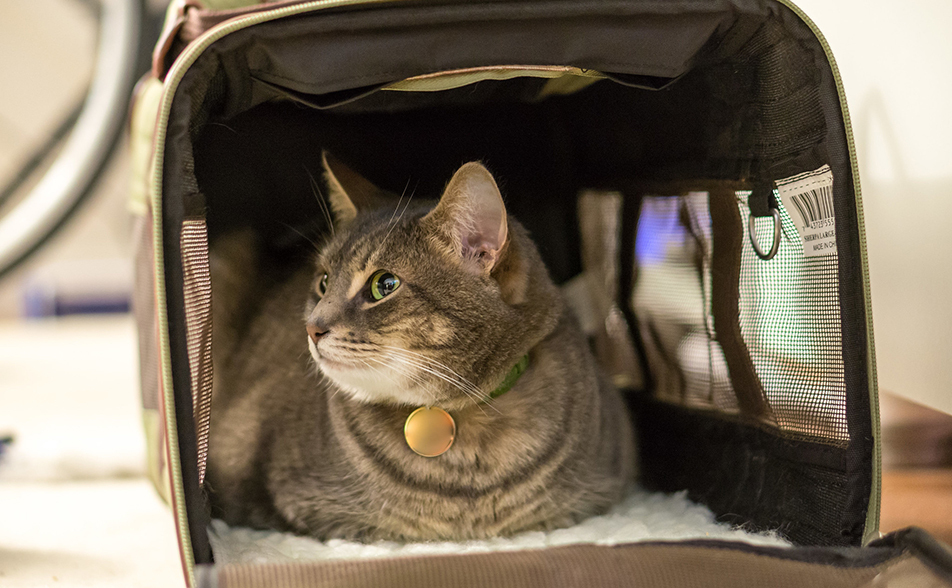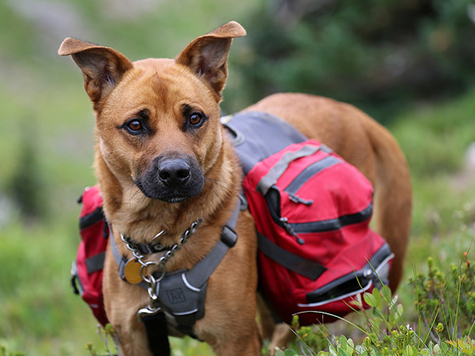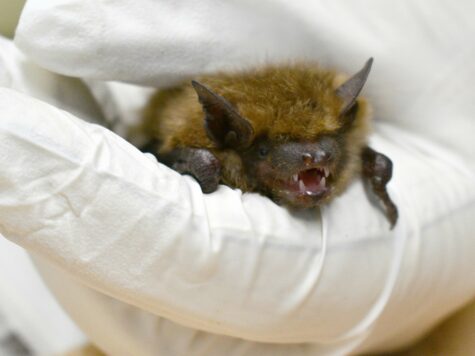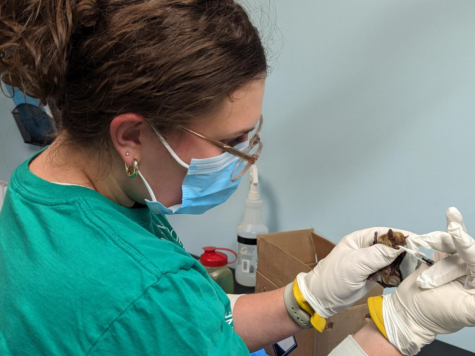The recent tornadic storms that swept through southern Wisconsin serve as a good reminder to prepare for natural disasters before they happen. Having a plan in place will help keep you and your family, including your pets, prepared for unexpected emergencies. Maintaining good routines, having a disaster preparedness kit at hand, and developing an evacuation plan will help ensure a safe outcome during a natural disaster.
1. Maintain good regular routines
You can start your preparedness now by keeping your pets up-to-date with their vaccinations and to always keep their prescriptions refilled so that you will always have a good supply at hand. Keeping your pet’s medical records organized in one spot will help you know where to find them right away.
Always have plenty of pet food available at home so that you will have enough to take with you, if you suddenly need to evacuate.
Keep all pet supplies, leashes, collars, other walking equipment, carriers, and crates, in one spot, so you will know in a millisecond where to find them. Be sure that the collars already have pet ID tags on them with your current contact information. If your pets are not microchipped yet, now would be a good time to microchip them. There is always a chance that collars can come off, and along with them, the pet ID tags. A microchip is a permanent way of providing your contact information in case your pet gets lost. If you move or change phone numbers, contact the microchip company to update your contact information.
2. Create a pet disaster preparedness kit
A pet disaster preparedness kit will provide you with the things you may need during an evacuation with your pet. To create one, fill a waterproof bag or container with the following items:
- First aid kit - Purchase one or make your own first aid kit in a small waterproof bag containing: a piece of cord 12-24 inches long (a shoe string or parachute cord works), tweezers, a tape roll, bandages of various sizes, cotton swabs, antiseptic towelettes, an instant cold pack, disposable vinyl or latex gloves, gauze pads ranging in size from 2” – 4”, a gauze roll, a trauma pad 5” x 9” to stop severe bleeding, alcohol prep pads, thermal foil blanket, scissors, iodine prep pad and a bottle opener
- Poop bags and sanitizing wipes
- Kitty supplies, such as a litterbox, kitty litter and a scooper
- A copy of your pet’s medical records, including rabies tag and microchip information. Also include a written description of feeding schedules, medical conditions and behavior issues for each pet
- Pictures of your pet in case your pet gets separated from you and you need to make flyers to help find them
3. Make an evacuation plan
Creating an evacuation plan is a crucial step. Always plan to take your pet with you – even if it is just for a few hours. Even with the best of intentions, you may not be able to return as you planned.
Before an emergency happens, research safe places to go with your pet by making a list of pet-friendly motels and hotels in the area, checking with friends and family if they would be willing to take care of your pets, and writing down contact information for boarding facilities and pet sitters. Have your neighbor’s contact information available to you, for the times when you are not home but your pets are.
Decide with your family where your meeting place will be in the event that you get separated from each other. Pick an easily recognizable spot considering that familiar landmarks might disappear and cell phones may not work.
When you evacuate, bring a 5-day supply of pet food and water for each pet, as well as other useful supplies such as newspapers, paper towels, trash bags, grooming items and household bleach. Never allow your pet to roam freely, as familiar landmarks and smells may no longer exist and your pet can easily become disoriented and lost.
An ounce of prevention will also bring a sense of relief and readiness. Start your kits and plans or refresh your old ones, so that the chances of you and your pet staying safe during natural disasters are greatly improved.

Your Natural Disaster Pet Preparedness Check List:
- Keep pet ID tags updated
- Attach ID tags to collars
- Have pets microchipped and keep microchip information current
- Ensure weather radios have fresh batteries
- Create or refresh disaster preparedness kit
- Create or review evacuation plans including meeting places
- Make a list of pet-friendly motels and hotels, pet boarding facilities, pet sitters, or friends and family who you can stay with along with your pets
- Have a 5-day supply of pet food and water, newspapers, paper towels, trash bags, grooming supplies, and household bleach ready for an evacuation
- Have pet leashes or carriers available in one spot






